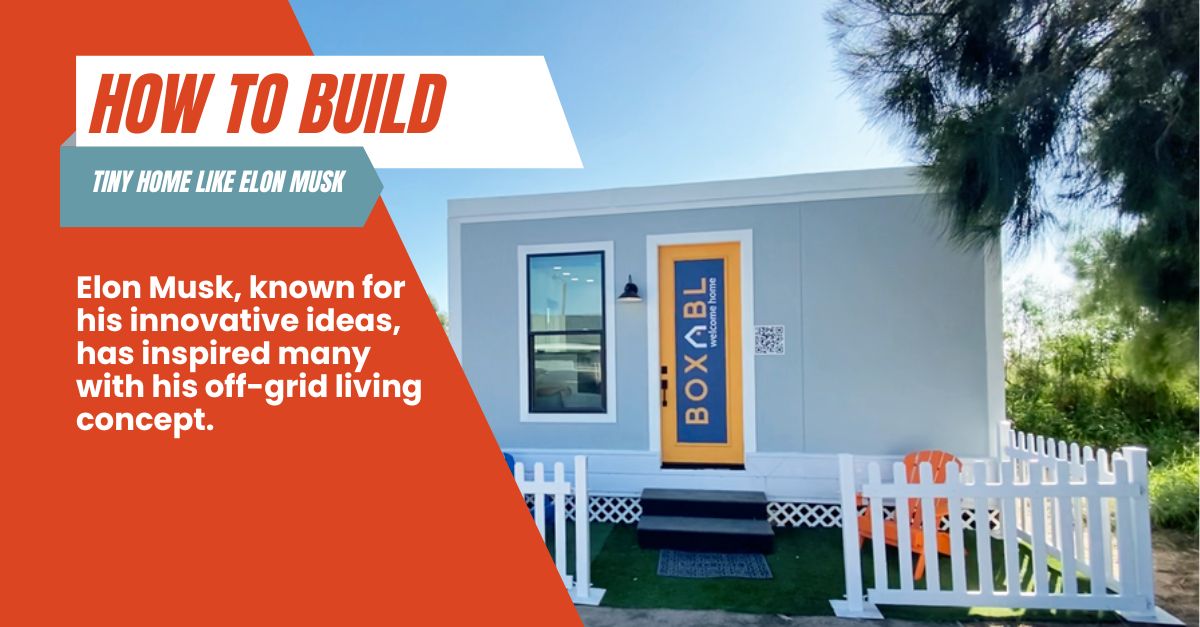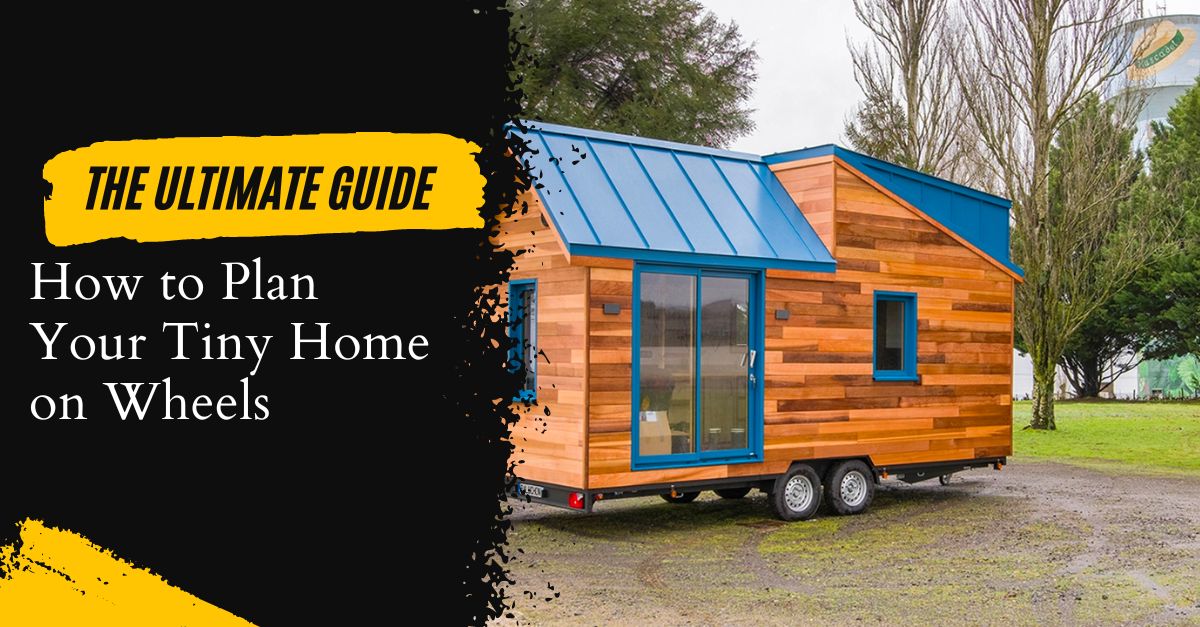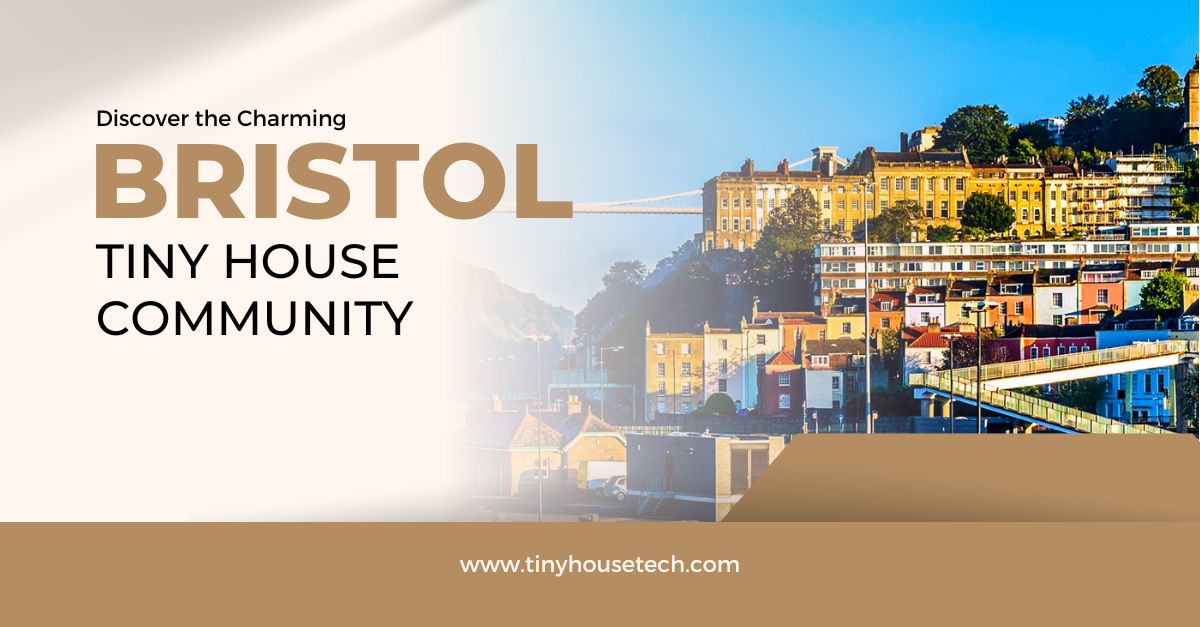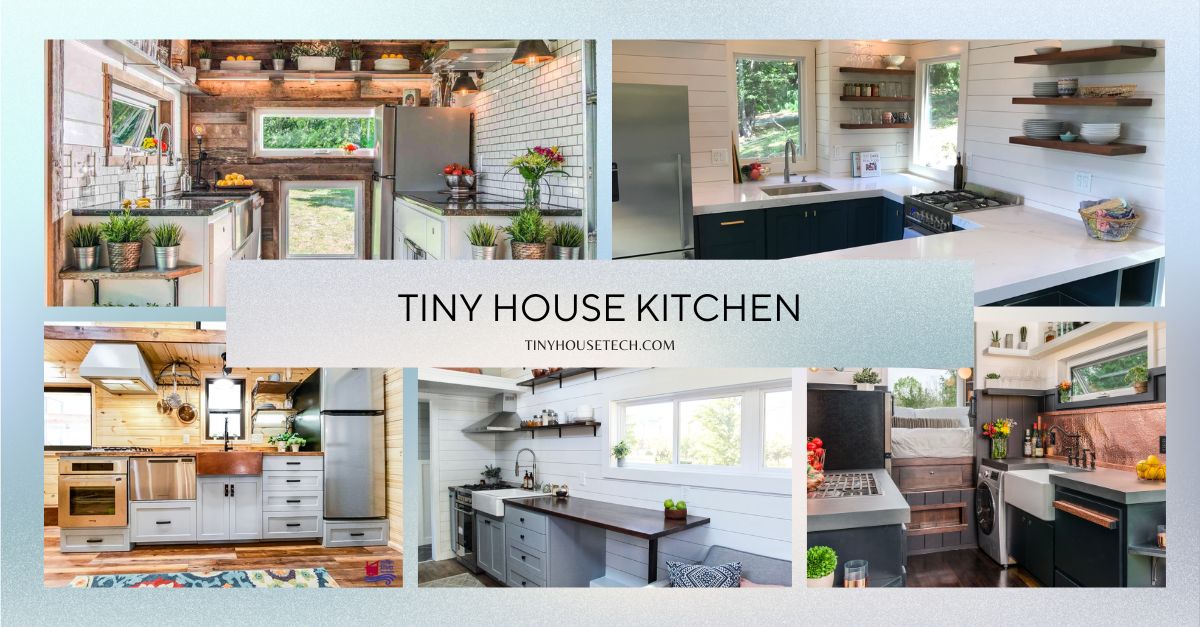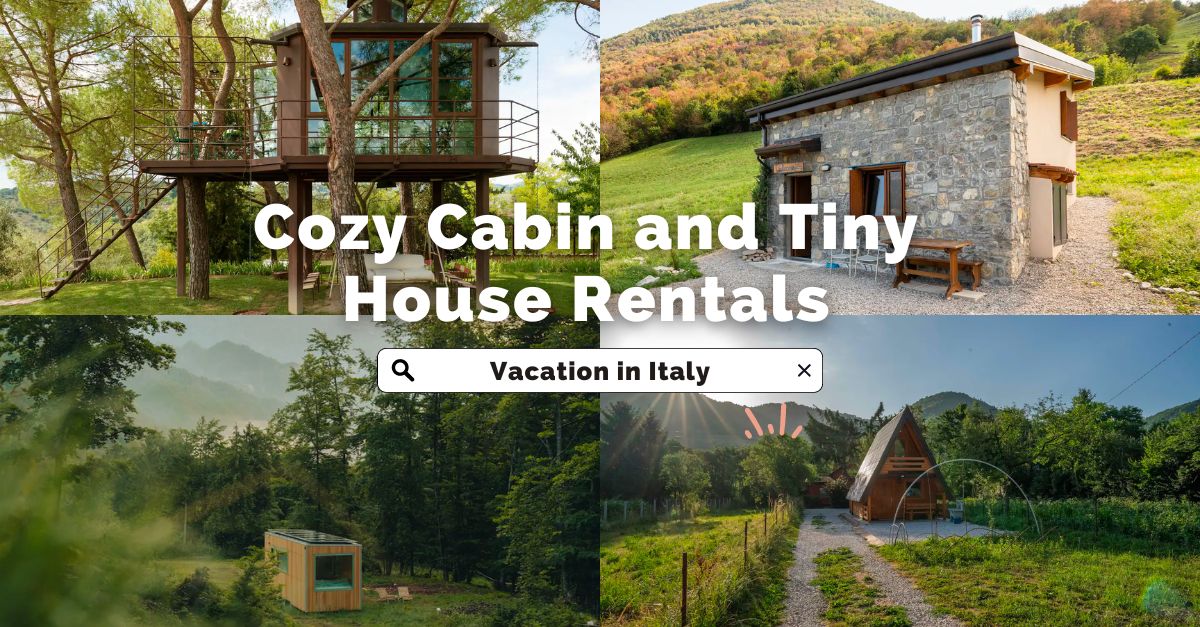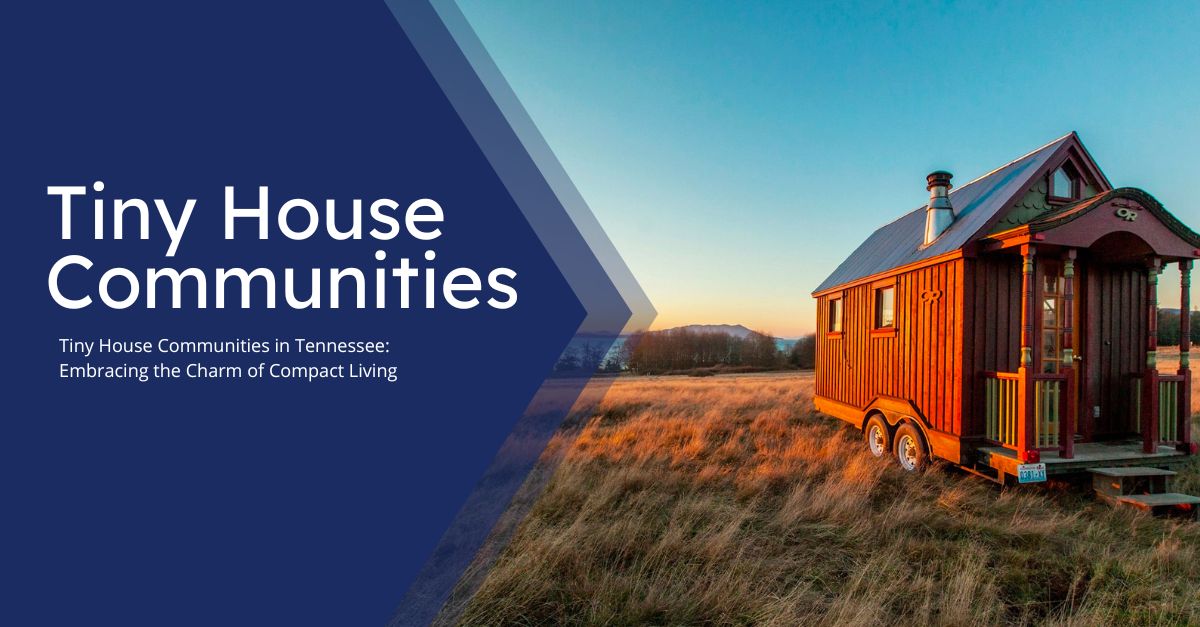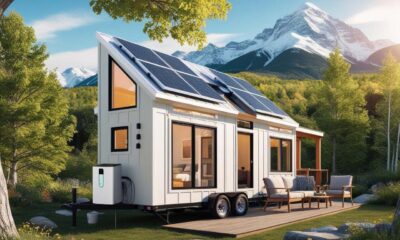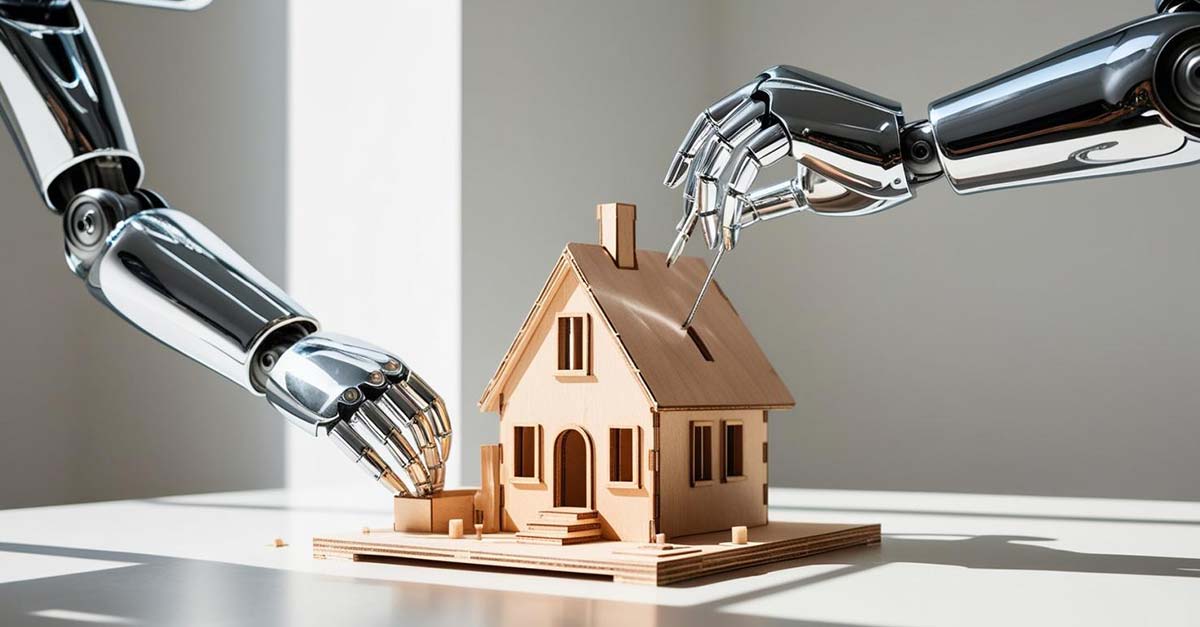Lifestyle
Exploring the Advantages of Prefab Tiny Homes
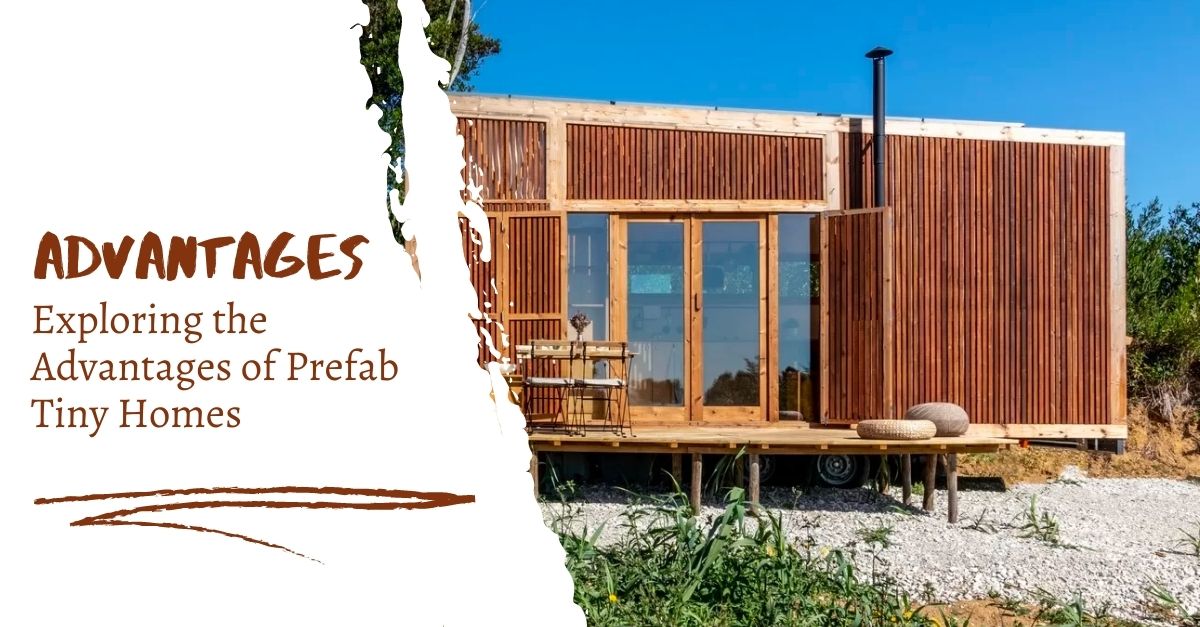
In recent years, the popularity of prefab tiny homes has been on the rise. These compact dwellings offer a unique and affordable housing solution for those looking to downsize or embrace a minimalist lifestyle. Prefab tiny homes are pre-built in a factory and then transported to the desired location for assembly. This article aims to explore the advantages of prefab tiny homes and provide valuable insights into what to consider before buying one.
Benefits of Prefab Tiny Homes
1. Cost-Effective and Affordable
One of the significant advantages of prefab tiny homes is their cost-effectiveness. These compact dwellings are generally more affordable compared to traditional houses. The controlled environment of the factory setting reduces labor costs, and materials can be purchased in bulk, resulting in lower overall expenses. Additionally, the reduced square footage of a tiny home leads to lower utility bills, making it an attractive option for those seeking financial freedom and a simpler lifestyle.
2. Efficient and Sustainable Design
Prefab tiny homes are designed with efficiency and sustainability in mind. The compact size requires less energy for heating, cooling, and overall maintenance. Furthermore, these homes often incorporate eco-friendly features such as solar panels, energy-efficient appliances, and sustainable building materials. By opting for a prefab tiny home, individuals can significantly reduce their carbon footprint and live a more environmentally conscious life.
3. Quick Construction and Installation
The construction process of prefab tiny homes is streamlined, allowing for quick assembly and installation. Since the components are built in a factory, there are no weather delays or on-site construction issues. Once the home is delivered to the desired location, it can be set up in a matter of days or weeks, depending on the complexity of the design. This efficiency is particularly advantageous for those who require immediate housing solutions or want to minimize the disruption caused by lengthy construction processes.
4. Flexibility and Customization Options
Despite their compact size, prefab tiny homes offer a surprising level of flexibility and customization. Buyers can choose from a variety of floor plans, designs, and finishes to suit their personal preferences and lifestyle needs. Whether it’s a cozy cabin-style home or a sleek modern design, there is a wide range of options available. Additionally, many manufacturers offer customizable add-ons and accessories, allowing homeowners to personalize their space even further.
5. Mobility and Portability
One of the most appealing aspects of prefab tiny homes is their mobility. These homes can be transported to different locations, offering the flexibility to change scenery or move closer to loved ones. Whether it’s a weekend getaway or a more permanent relocation, the ability to easily transport a tiny home opens up a world of possibilities. It’s worth noting that certain zoning regulations and permits may be required depending on the area, so it’s essential to research and comply with local laws.
6. Lower Environmental Impact
Prefab tiny homes have a significantly lower environmental impact compared to larger traditional houses. The reduced energy consumption, combined with sustainable design features, contributes to a greener lifestyle. Additionally, the modular construction process generates less waste, as unused materials can be recycled or repurposed. By choosing a prefab tiny home, individuals can play their part in promoting a more sustainable future.
Things to Check Before Buying a Pre-Built Tiny House
1. Quality of Construction
Before purchasing a prefab tiny home, it’s crucial to assess the quality of construction. Look for reputable manufacturers with a track record of delivering well-built and durable homes. Consider factors such as the materials used, structural integrity, and overall craftsmanship. Reading customer reviews and inspecting sample homes can provide valuable insights into the quality of construction.
2. Building Codes and Permits
Each location has specific building codes and permit requirements that must be followed. Before buying a pre-built tiny house, ensure that it complies with all relevant regulations in the intended area of placement. Failure to meet these requirements could lead to legal issues or difficulties obtaining permits for installation.
3. Location and Zoning Regulations
Consider the location where you plan to place your prefab tiny home. Research the zoning regulations and ensure that the area allows for the installation of such dwellings. Some areas may have restrictions or limitations on tiny homes, so it’s essential to understand and comply with local laws.
4. Utilities and Off-Grid Capability
Determine your preferences regarding utilities and off-grid capability. Some prefab tiny homes are designed for off-grid living and offer self-sufficient features such as solar power, composting toilets, and water collection systems. If you prefer to connect to traditional utilities, ensure that the necessary infrastructure is available in your chosen location.
5. Interior Layout and Design
The interior layout and design of a prefab tiny home can greatly impact your living experience. Consider factors such as the number of rooms, storage space, and overall functionality. Think about your specific needs and prioritize features that will enhance your daily life in a tiny home.
6. Maintenance and Durability
Tiny homes, like any other dwelling, require regular maintenance. Before purchasing, understand the maintenance requirements and assess the durability of the materials used. Opt for high-quality materials that can withstand the test of time and require minimal upkeep.Prefab tiny homes offer numerous advantages for individuals seeking a simpler, more affordable, and sustainable way of living. From cost-effectiveness to flexibility and customization options, these compact dwellings provide a viable alternative to traditional housing. However, it’s essential to conduct thorough research and consider various factors before making a purchase. By weighing the benefits and carefully examining the details, you can make an informed decision and enjoy the advantages of owning a prefab tiny home.
FAQs (Frequently Asked Questions)
Are prefab tiny homes suitable for long-term living?
Yes, prefab tiny homes can be suitable for long-term living. With proper planning and customization, these compact dwellings offer comfortable and functional living spaces.
Can I customize the interior of a prefab tiny home?
Absolutely! Many manufacturers provide customization options, allowing you to tailor the interior of your prefab tiny home to suit your preferences and lifestyle.
What are the costs involved in owning a prefab tiny home?
The costs of owning a prefab tiny home can vary depending on factors such as size, design, customization, location, and additional features. It’s essential to consider both the upfront costs and ongoing expenses such as utilities and maintenance.
Do prefab tiny homes retain their value?
While the value of prefab tiny homes can fluctuate depending on various factors, they generally have the potential to retain their value well if properly maintained and located in desirable areas.
Are prefab tiny homes suitable for extreme weather conditions?
Prefab tiny homes can be designed to withstand different weather conditions, including extreme temperatures. When selecting a prefab tiny home, consider insulation, weatherproofing, and structural durability to ensure suitability for your specific climate.
Latest Post
June 12, 2023
Exploring the Advantages of Prefab Tiny Homes
In recent years, the popularity of prefab tiny homes has been on the rise. These compact dwellings…
June 12, 2023
How to Build an Off-Grid Tiny Home Like Elon Musk
Elon Musk, known for his innovative ideas, has inspired many with his off-grid living concept. If you’re…
June 12, 2023
The Ultimate Guide: How to Plan Your Tiny Home on Wheels
Welcome to the ultimate guide on how to plan your tiny home on wheels! Building a tiny…
June 7, 2023
Discover the Charming Bristol Tiny House Community: Embrace Sustainable Living in Southwest England
Welcome to the picturesque city of Bristol, nestled in the heart of Southwest England. Known for its…
June 5, 2023
Tiny House Kitchen: Designing for Efficiency and Style
Tiny houses have gained significant popularity in recent years, offering an alternative way of living that embraces…
June 2, 2023
Cozy Cabin and Tiny House Rentals for Your Vacation in Italy
When planning your vacation in Italy, why settle for ordinary accommodations when you can stay in a…
June 1, 2023
Tiny House Communities in Tennessee: Embracing the Charm of Compact Living
Tiny house communities in Tennessee are like tightly-knit villages nestled within the picturesque landscape, where small homes…
May 31, 2023
Tiny House Living Meets Furry Friends: Pet-Friendly Tips for Tiny House Living
Are you a pet lover embracing the world of tiny house living? Wondering if your furry friends…
Previous
Next
Loading…

